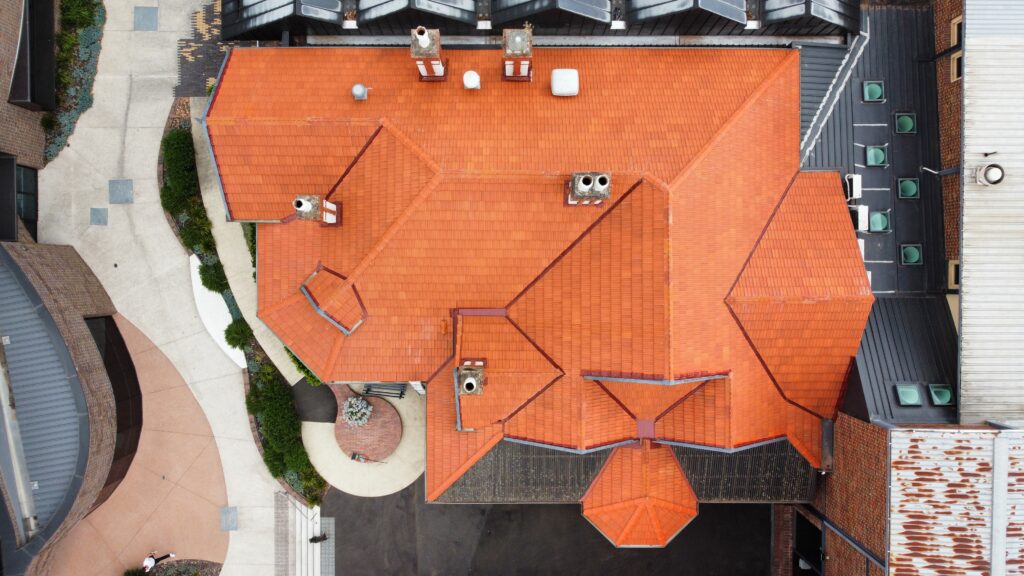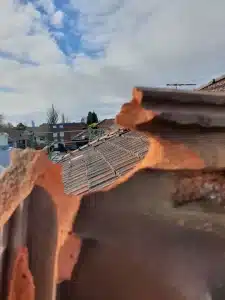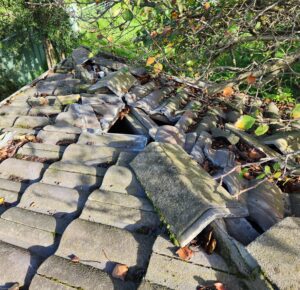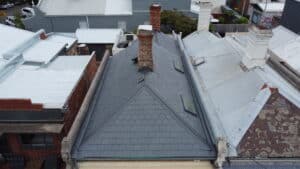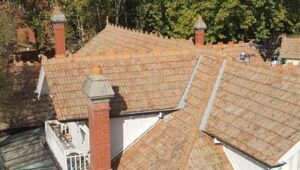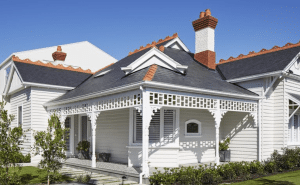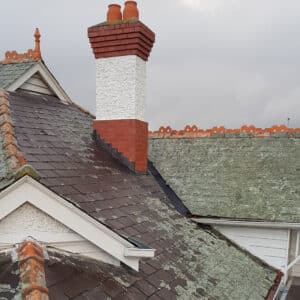Re-roofing a heritage home requires careful consideration and planning to ensure that the historical integrity and unique character of the property are preserved. Here are some important factors to consider before reroofing a heritage home:
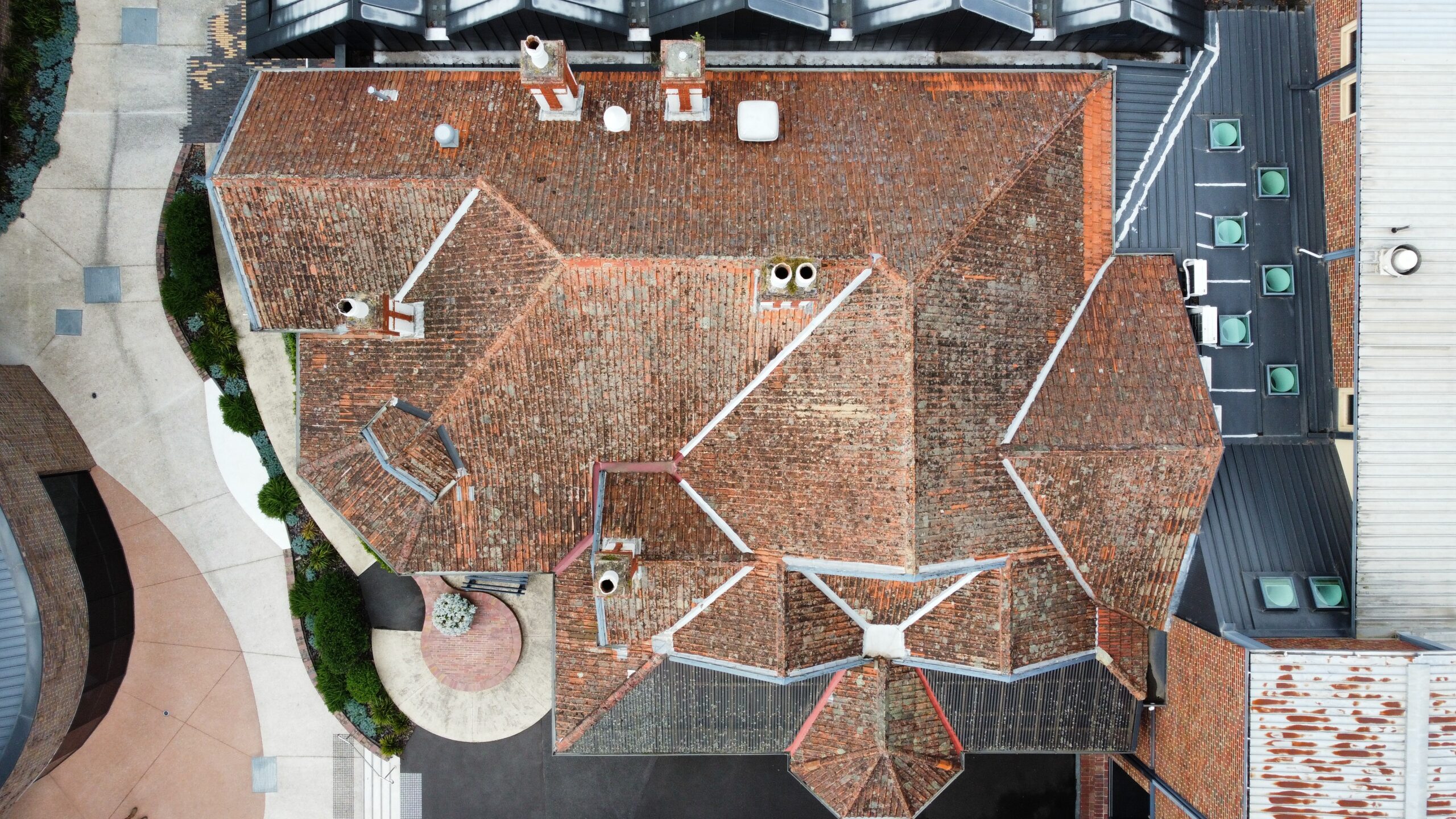
1. Research and Documentation:
Before starting any work, it is crucial to research the history and architectural significance of the heritage home. Understanding the original roofing materials, techniques, and design elements will help guide the reroofing process and ensure that the new roof aligns with the home’s historical context.
2. Local Regulations and Permits:
Heritage homes are often subject to specific regulations and guidelines set by local heritage preservation authorities. It is essential to familiarize yourself with these regulations and obtain any necessary permits before starting the reroofing project. Failure to comply with these regulations can result in fines or legal complications.
3. Preservation vs. Replacement:
When reroofing a heritage home, the goal should be to preserve the original roof as much as possible. Consider whether a complete replacement is necessary or if repairs and restoration can be done to maintain the authenticity of the roof. Preservation techniques such as patching, resealing, or reinforcing the existing roof may be more appropriate in some cases.
4. Matching Materials:
Choosing the right roofing materials is crucial to maintaining the historical accuracy of the heritage home. Research the original roofing materials used during the home’s construction and try to match them as closely as possible. This may involve sourcing specialty materials or working with suppliers who specialize in heritage restoration.
5. Skilled Craftsmanship:
Reroofing a heritage home requires skilled craftsmanship to ensure that the new roof is installed correctly and in line with the home’s original design. Hire experienced professionals who have expertise in working with heritage properties. They should understand the unique challenges and techniques required to preserve the historical integrity of the home.
6. Structural Considerations:
Heritage homes may have unique structural considerations that need to be addressed during the reroofing process. The weight of the new roofing materials should be carefully evaluated to ensure that the existing structure can support it. Consulting with a structural engineer can help determine if any additional reinforcements or modifications are necessary.
7. Energy Efficiency:
While preserving the historical integrity of the home is important, it is also essential to consider energy efficiency during the reroofing process. Explore options for insulation and ventilation that can improve the home’s energy efficiency without compromising its historical character. This may involve using modern materials and techniques that are hidden from view.
8. Long-Term Maintenance:
Consider the long-term maintenance requirements of the new roof. Heritage homes often require regular upkeep and maintenance to preserve their historical value. Ensure that the chosen roofing materials are durable and can withstand the test of time. Develop a maintenance plan to address any potential issues and prolong the lifespan of the roof.
Reroofing a heritage home is a delicate process that requires careful planning, research, and expertise. By considering these factors, you can ensure that the reroofing project respects the historical significance of the home while providing a functional and durable roof for years to come.
